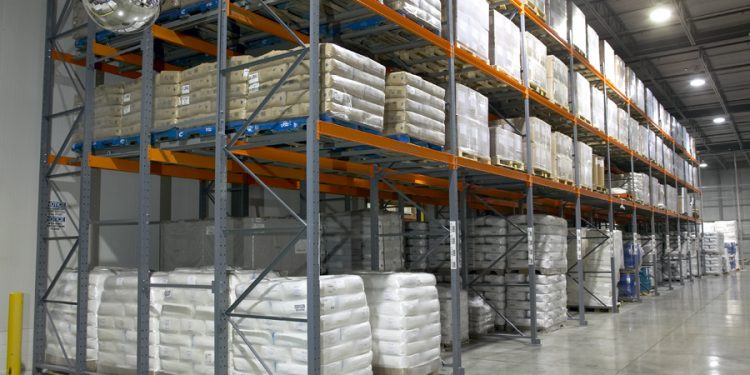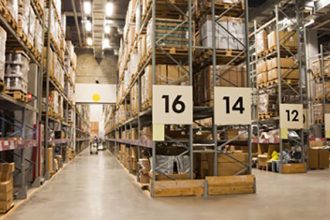Adjusting Rack Levels

Initial rack configurations may not work for the long haul. Here’s how to make adjustments.
No business stays static over a lifetime, and the same applies to its warehouses. The equipment in a given warehouse may also through changes over the years. There may be new product lines to store, busy or slow seasons, and different packaging to consider. All can impact how you configure one the most central pieces of equipment, your racking.
When it comes time for changes to your racking configuration, your first step should be consulting with a racking expert. This professional can assess what changes you need to make and advise on how to make them safely and efficiently. An expert will also understand the differences in how to make adjustments to the specific type of racking you are using.
When it comes time for changes to your racking configuration, your first step should be consulting with a racking expert. This professional can assess what changes you need to make and advise on how to make them safely and efficiently. An expert will also understand the differences in how to make adjustments to the specific type of racking you are using.
After that, it’s a good idea to understand the different types of racking and how adjusting them will vary from one to the next. Below are some guidelines to help you make changes efficiently and safely.
Selective racks
The most “standard” of all rack types and also the easiest to adjust. . Before making any adjustments, you will want to develop a plan to ensure you can meet your new frame capacity requirements. If you are relocating the rack, ensure the new location is adequate to support the new configuration and that the rack design is adequate for the new location. The new location may have different seismic requirements that affect the rack design. Once the new configuration is approved and you have adjusted the shelf levels, it’s a good idea to replace the accessories. Also perform a complete rack inspection to make sure damaged parts are not re-used. Keep in mind, also, that this approach may vary depending on whether or not you are adjusting single-deep or double-deep selective racks.
Drive-in racks and pushback racks
The process of level adjusting is more complicated with drive-in racks. Because long rails support the pallets that are stored on these racks, they are connected to the frames at multiple interior connection points along the length of the storage bay. Connections are usually double-sided, meaning that a rail in one bay also sets the rail height in an adjacent bay. This means that for adjustment purposes, you will need more material, more manpower and at least two scissor lifts. When you’re adjusting levels in a pushback system, the beam levels can vary from one bay location to the next without additional material. You must ensure there is clearance for the pallet to pass under the second interior rail support beam. You must move both sides of the back-to-back beam elevations to the same finished location, or potentially add material. (I am not sure this last sentence is true.)
While your racking options are plentiful, if you know that you will be changing beam elevations frequently, your best choice is likely selective.


